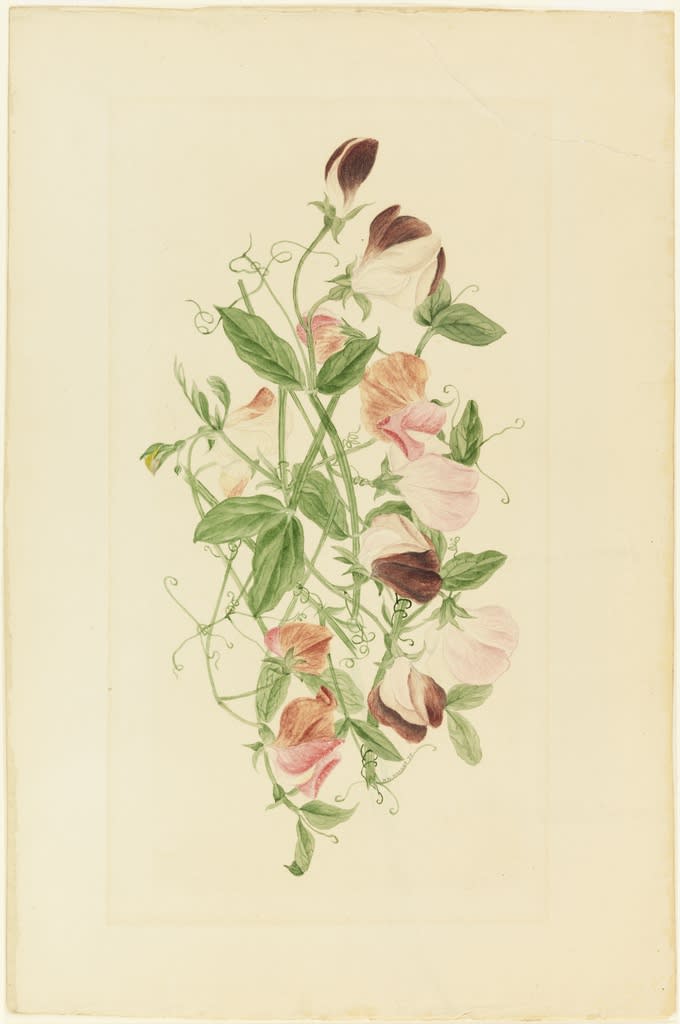In the late nineteenth and early twentieth centuries American artists copied the techniques, and worked in the shadows of, European watercolorists. Watercolors in America were used to make maps, record forays into the country and illustrate texts. Winslow Homer’s watercolor paintings changed all that and influenced many other painters to produce such great works in watercolors that, by the 1920s, watercolor was seen as a uniquely American medium.
The American Society of Painters in Water Color was founded in 1866 and, for the first time, watercolors were exhibited alongside oil paintings. Homer had a particular advantage as a watercolor artist. His mother, Henrietta, was a skilled watercolorist, whose paintings were exhibited in New York galleries. She was both a role mode and advocate, encouraging him to pursue a career in art.
The earliest of Homer’s watercolor paintings were of high quality, but as he continued to paint, he began to use the light of his paper, as much as the paint, to create dramatic contrasts in his work. The lights and darks in Tree Across the Trail, done in 1894, exemplifies Homer’s ability to use paper and paint to optimal advantage. The white and light areas on the tree and the figure in the painting are masterfully executed, with a control that few other painters have been able to accomplish.
The Solitary Figure in Winslow Homer’s Watercolors
Winslow Homer’s Tree Across the trail was done around the time of his mother’s death. Homer did not have the financial success he deserved during his lifetime, never married, and lived on Prouts Neck, Maine with his parents. He often painted solitary figures in natural settings in his watercolor and oil paintings.
His studio was just about sixty five feet from the ocean, which Homer could view from his second story balcony, and take daily walks along the shore. Although he took care of his father after the death of his mother, Homer lived a rather solitary life in Maine. His love of the outdoors, of the sea and the woods and his fascination with those who made their living in natural settings, were apparent in Homer’s watercolor and oil paintings.
The Adirondack Guide, at the Boston Museum of Fine Arts is a portrait of Rufus Wallace, a man Homer admired. It is a sensitive watercolor portrait of both Wallace and his surroundings.
Please contact us for more information about Tree Across the Trail and the other fine work of Winslow Homer available in our gallery.


